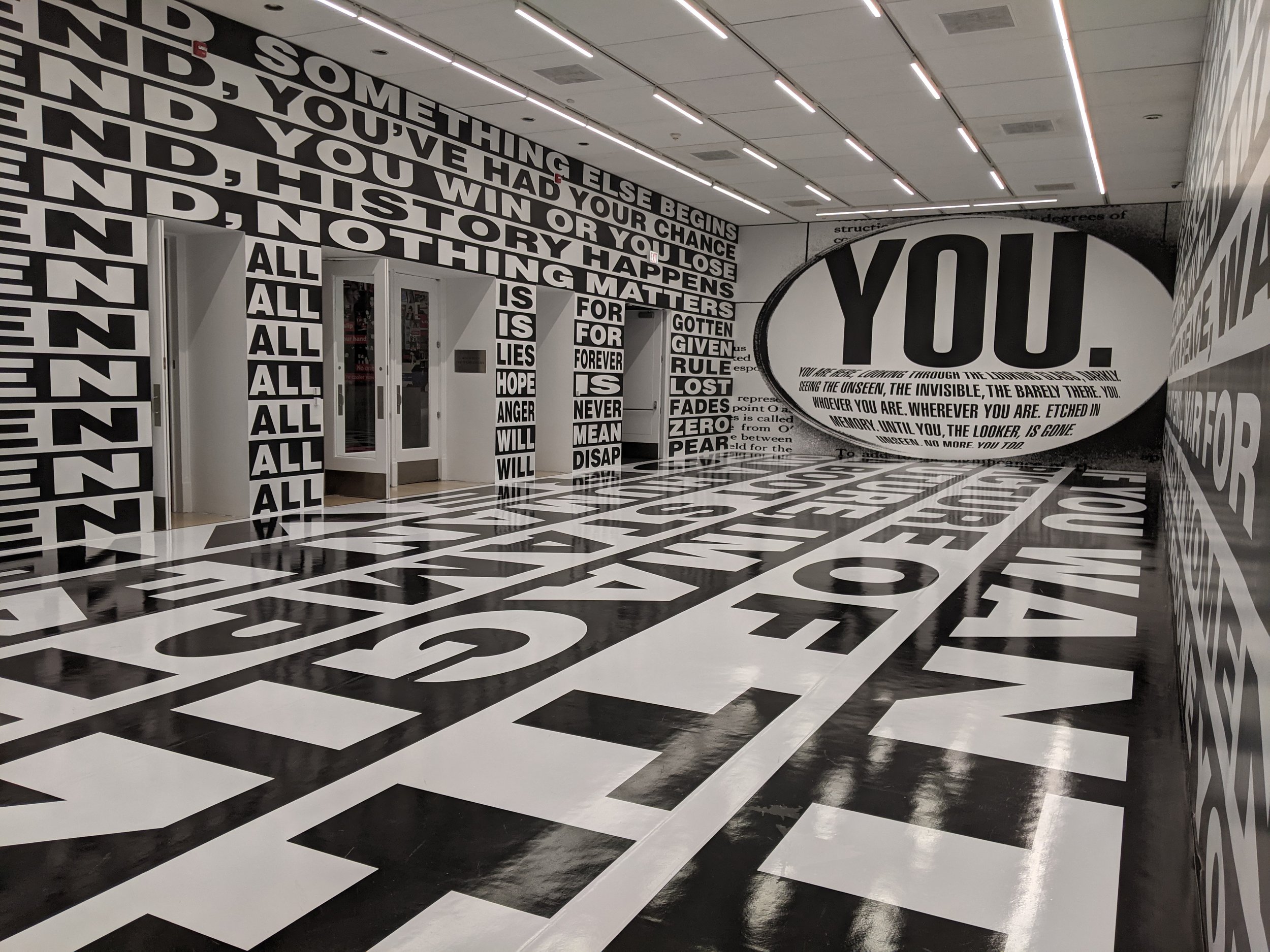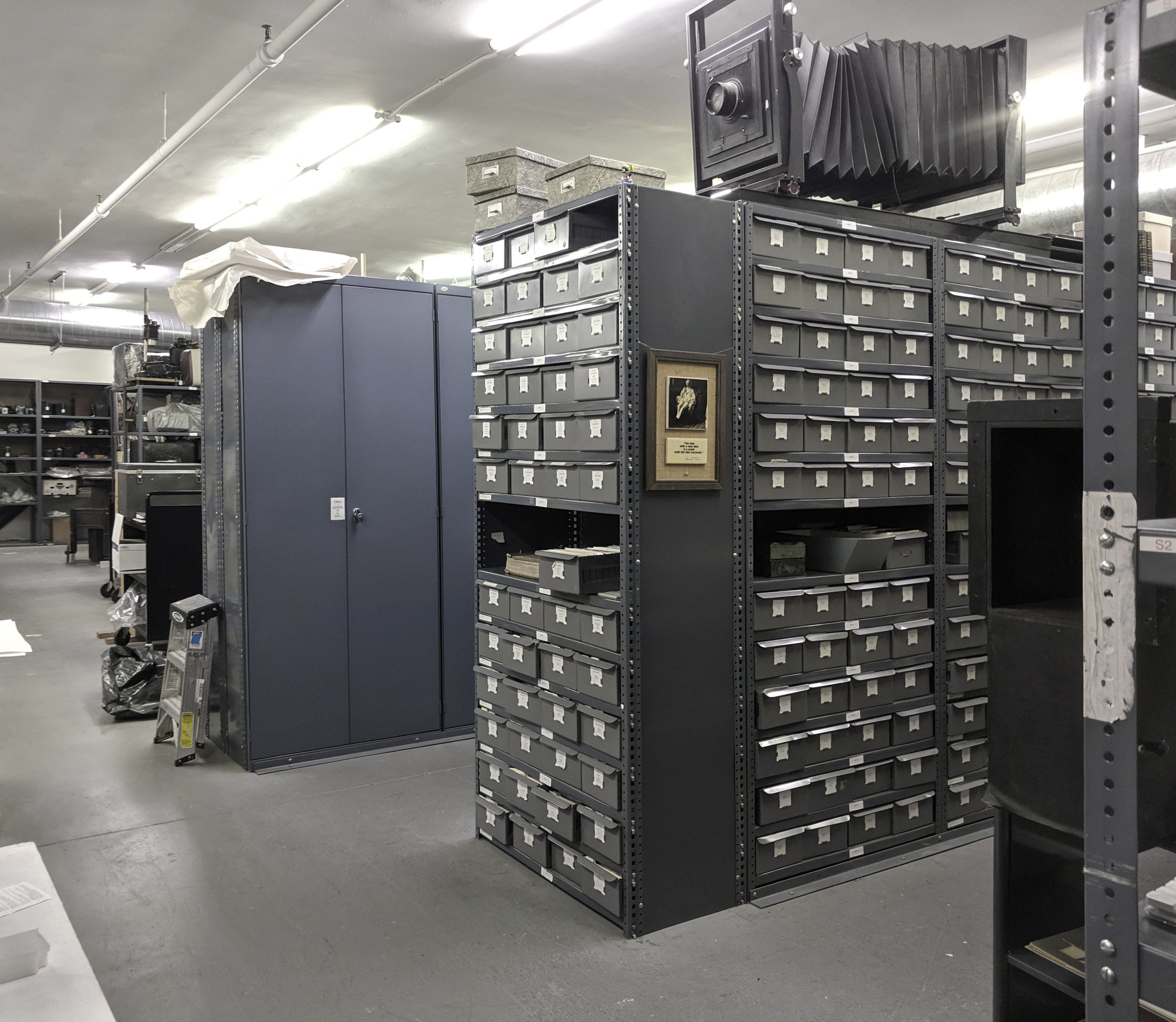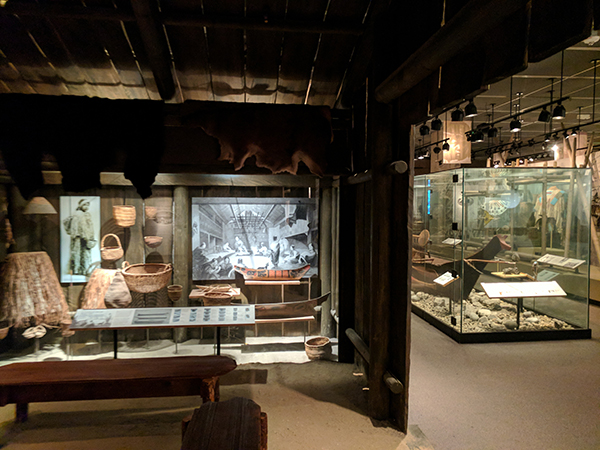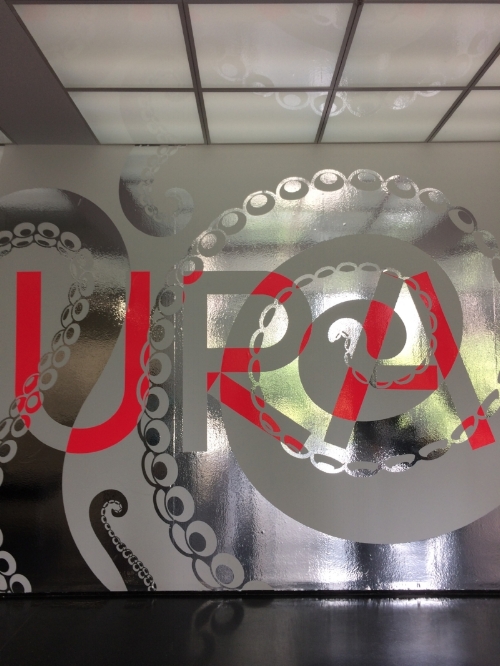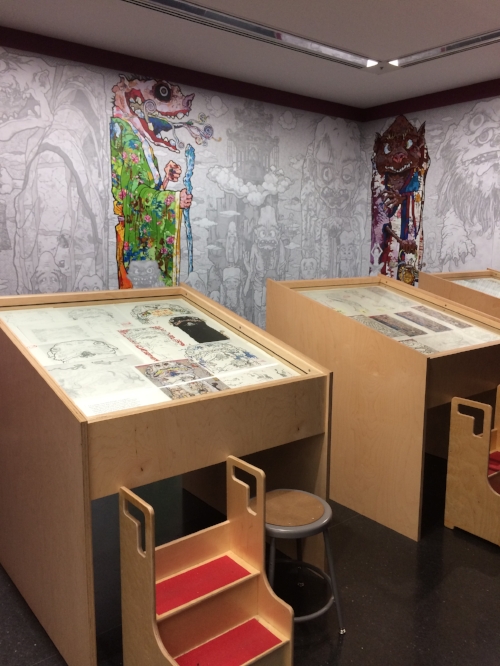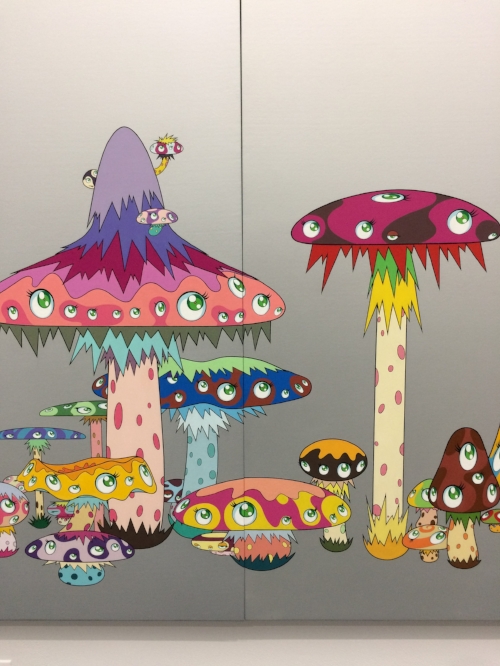In September, the Barbara Kruger exhibition opened at the Art Institute, and I opted to visit during one of my bi-weekly visits to work at the museum on a day when it was closed to the public. The exhibit is not a retrospective, but features work Kruger has created over several decades and in a variety of media - from small photo collages to video to full room installations. The website for the exhibition states:
“For more than 40 years, American artist Barbara Kruger has been a consistent, critical observer of the ways that images circulate through our culture. Combining images with provocative text, Kruger uses direct address—along with humor, vigilance, and empathy—to expose and undermine the power dynamics of identity, desire, and consumerism. As shrinking attention spans collide with the voyeurism and narcissism that define contemporary life, her immersive installations and widely circulated pictures and words invite us to reconsider how we relate to one another. THINKING OF YOU. I MEAN ME. I MEAN YOU. encompasses the full breadth of her career—from early and rarely seen “pasteups” (works that use an analog technique for physically arranging a page’s contents with manual “cut and paste”) to digital productions of the last two decades. The presentation includes works on vinyl, site-specific installations, animations, and multichannel video installations…The exhibition at the Art Institute—collaboratively designed with the artist—interrogates the specific cultural context of our museum, as it transcends the traditional exhibition space and extends into the museum’s public spaces and the city beyond. Kruger’s work not only fills the entirety of the museum’s largest exhibition space, the 18,000 square-foot Regenstein Hall, but also occupies Griffin Court—an 8,000-square-foot atrium running the length of the Modern Wing—with new site-specific work. Kruger’s text and images address both the architecture and relational spaces throughout the museum—from the windows in the historic Michigan Avenue building and the Modern Wing to various public spaces, some of which will also feature an ambient soundscape. Kruger will additionally engage the surrounding cityscape, creating work for billboards, the Chicago Transit Authority, and Art on theMART, among other locations and organizations.”
Banners of Kruger’s work installed on the exterior of the museum.
Kruger work installed on the risers of stairs leading to Regenstein Hall in the Art Institute of Chicago.
I wandered around the museum to several of the locations where work was installed and spent the majority of my time in Regenstein Hall. The first gallery space immediately immerses you in Kruger’s work, with all of the walls and floor being completely covered in large text. Exploring the rest of the exhibit, each space had a different feel, especially varying when time-based media was installed. I was the only one in the exhibit, and the clear sight-lines to the large scale works and at times jarring audio felt overwhelming at times. It’s likely this experience changes significantly with visitors present.
First gallery of Kruger’s work in Regenstein hall, with text wraps covering the walls and floor.
Video work by Kruger.
Photography collage by Kruger.
Two large-scale Kruger works hang on the walls of a gallery, with a text wrap covering the floor.
It was an interesting tour, and I left thinking about the content and messages of Kruger’s work, the tension between the messaging and the museum itself, and what visitors to the museum would make of the exhibit.
Two large-scale text works by Kruger hang in a gallery.
Two works by Kruger in a gallery; the piece on the right is a video piece.
Text wrap by Kruger covering a gallery wall.



